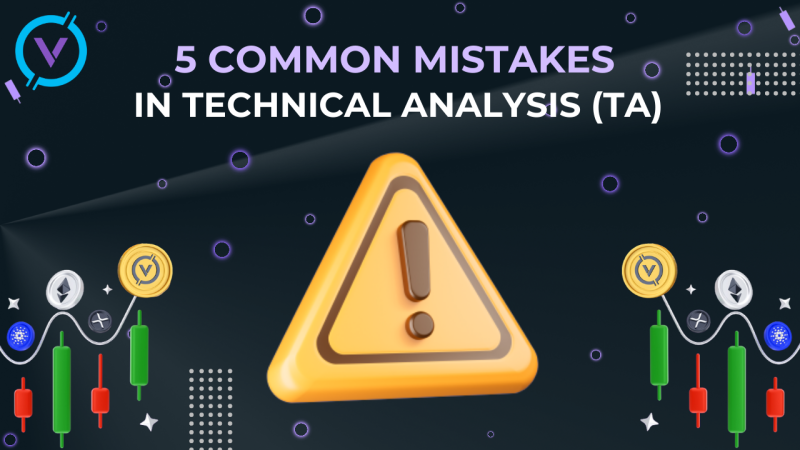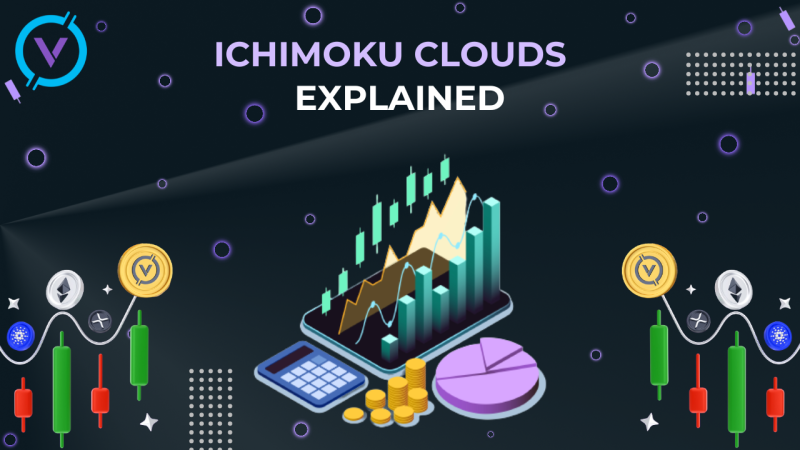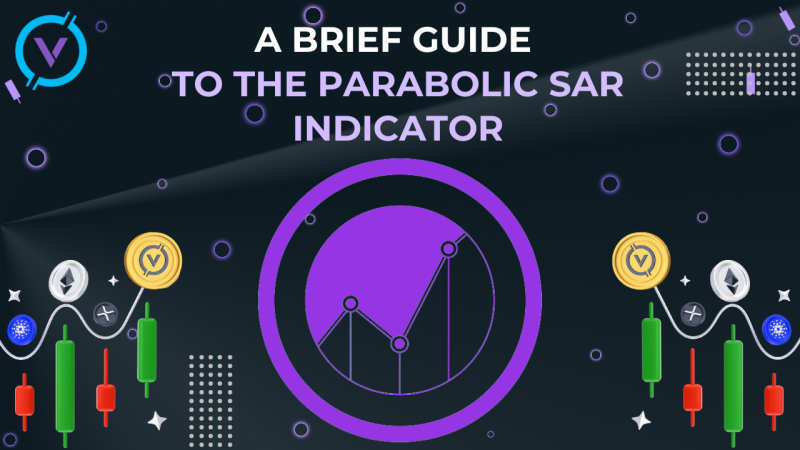Introduction
If you come across something unknown, it is better to discover its meaning first. It will help you to find appropriate methods of working with it. It works both in our life and in the sphere of cryptocurrency. One of my friends has come across the notion of 'bid-ask spread’ recently. In addition, I wanted to explain this concept not only to my friend, you know. I hope that this article will be exciting for you as well, even if you have a lot of knowledge on this point.
So, let’s start!
To begin with, bid-ask spread is the difference between the lowest price required for an asset and the highest price bid. Liquid assets (for instance, Bitcoin) possess a smaller spread in comparison with assets with less liquidity and trading volume.
Undoubtedly, some lippage can happen. It can take place when a trade settles for an average price that differs from what was firstly asked. Occasionally it takes place in case of executing market orders. When there is not enough liquidity to finish your order or the market is unstable, the final order price can vary. In order to avoid slippage with low-liquidity assets, it is possible to divide our orders into smaller pieces.
As in any sphere, supply and demand are usually correlated with market prices. The same thing we can observe in the crypto world during buying and selling assets. We should pay attention to price, trading volume, market liquidity, as well as order types. For sure, it is not possible to get the price that you would like to have because of different market conditions.
The bid-ask spread is when there is a permanent discussion between buyers and sellers. In this case, a spread between the two sides occurs (bid-ask spread).
We are going to look into some information in order to be sure in our actions and to live without unexpected issues.
Bid-ask spread means…
The bid-ask spread is the difference between the minimal price required for an asset and the greatest price bid. Liquid assets (for instance, Bitcoin) possess a less spread in comparison with assets with less liquidity and trading volume.
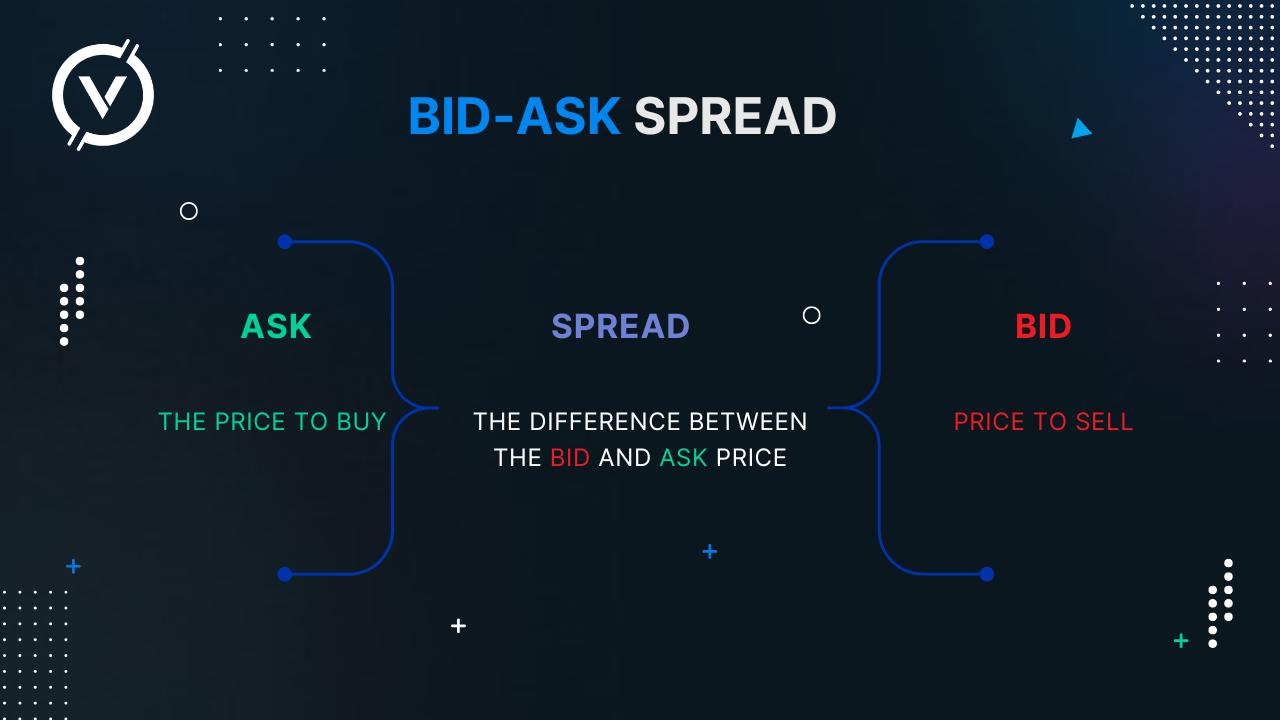
Please, accept the lowest asl price from the seller side.
In this situation it is better to get the biggest bid price (for sure, from a buyer). There are some more liquid assets, which have not so wide bid-ask spread. In this situation buyers and sellers are able to make their orders avoiding causing important changes in an asset's price. It happens because of a big amount of orders in the order book.
Market makers & bid-ask spread
If we deal with financial markets, we should remember about liquidity. It is so significant in case you trade on low-liquidity markets. It happens that people have to wait during several days by the time other traders match your order.
- On the one hand, making liquidity is worthwhile.
- On the other hand, not every market has a lot of liquidity from personal traders singly.
Let’s take a traditional market as an example: there both brokers and market makers give liquidity after getting arbitrage profits.
When selling at the higher ask price and buying at the lower bid price again and again, market makers can take the spread as arbitrage profit. Without any doubt, a small spread is able to give big profits if traded in a big quantity the whole time.
Bid-ask spread percentage
Of course you will need to make a comparison amongst the bid-ask spread of various cryptocurrencies or assets. In this case, we are going to offer you a calculation. It will help you to value it in percentage terms.
You can see the following calculation below:
(Ask Price - Bid Price)/Ask Price x 100 = BidAsk Spread Percentage.
Take one example:
Let it be an ask price of $907 and a bid price of $901. According to the formula we will have final bid-ask spread percentage of roughly 0.66%. Here it is.
Now imagine that Bitcoin possesses a bid-ask spread of $3. We compare it in percentage terms: Bitcoin’s bid-ask spread is just 0.0083. Bitcoin's narrower spread ensures us to sum it up. If you would like to execute big market orders, there is usually less risk of having to pay a price you didn not expect.
Slippage is…
We can come across slippage in markets with big volatility or low liquidity. Slippage can happen in case a trade settles for a different price than expected or asked.
For instance, imagine that you would like to put a big market buy order at $100, but the market does not possess the necessary liquidity to fill your order at this price. In the end, you will have to take the following orders (more that $100) until your order is filled to the biggest. In this situation we can face the slippage. This process has as an outcome the market filling your order at sometimes unbelievable, various prices.
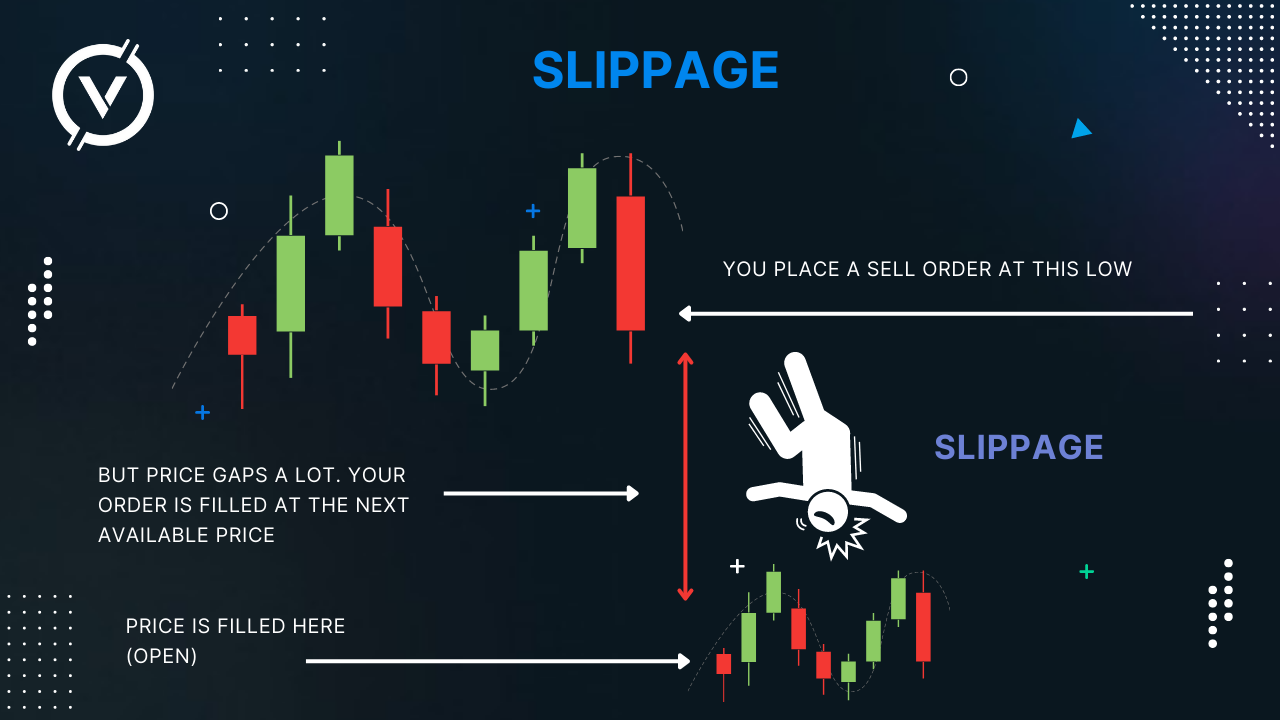
Positive slippage
Slippage is not only about ending up with a worse price than you expected. Of course it is not common but positive slippage can happen in some highly volatile markets. In any case it is necessary to look into all details in order not to be fooled. Forewarned is forearmed, you know.
The tolerance of Slippage
The quantity of slippage one puts can give a knock-on effect on the time it takes one’s order to clear. In case one puts the slippage not high, one’s order can have a lot of time to fill or not fill in general. If one puts it too high, other traders or bots can see one’s pending order and front-run one.
In these circumstances, front running occurs when other traders put a higher gas fee than anybody else to purchase the asset first. The front runner afterwards inserts another trade to sell it to somebody else at the biggest price the person wants to take grounded on one’s slippage tolerance.
How to make negative slippage rare?
It looks like a rule, but the matter is that we cannot prevent slippage, unfortunately. It is a pity but we know some ways to minimize this slippage. You can tell some of them to you.
1. To start with, be so kind as not to make a big or even a huge order.
We recommend dividing it into some parts. In the end, you will get a lot of small blocks (parts). Monitor the order book to unfold fulfilled orders. Do not forget about not putting orders that are bigger than the given quantity.
2. The second rule is not neglecting factoring in transaction fees.
There are a lot of networks that own burly fees. Such fees will rely on the blockchain's traffic that can nullify whatever gains you create, avoiding slippage.
3. Are you facing assets with low liquidity? It can be a small liquidity pool.
If your answer is positive, your trading activity can greatly affect the asset’s price.
4. And the last rule is to use limit orders.
The following commands confirm you have the price you would like or better while operating.
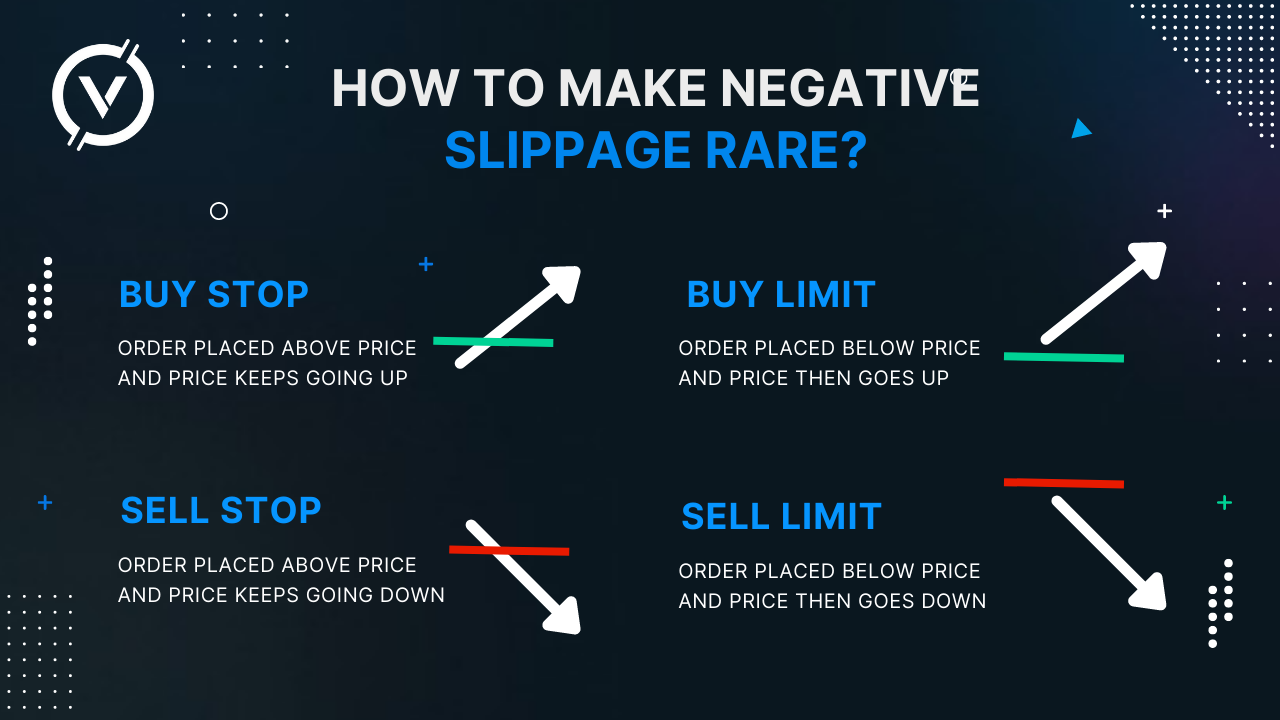
Conclusion
One of the most important pieces of advice that I would like my best friend to give is to never forget about such a rule: a bid-ask spread or slippage can change the final price of your trades. It is very significant in the crypto world. For sure, we cannot pretend that we do not notice them. Just pay attention to them, please.
Dear friend, if we speak about small trades, it can be minimal, of course. Bear in mind, please, that with big orders, the average price for a unit can be bigger than you could expect. Please, always keep in mind learning about decentralized finance, its functioning. Unconsidered decisions can lead, unfortunately, to nowhere.
